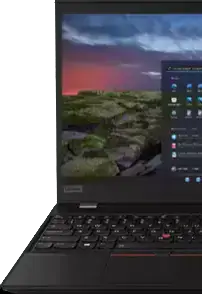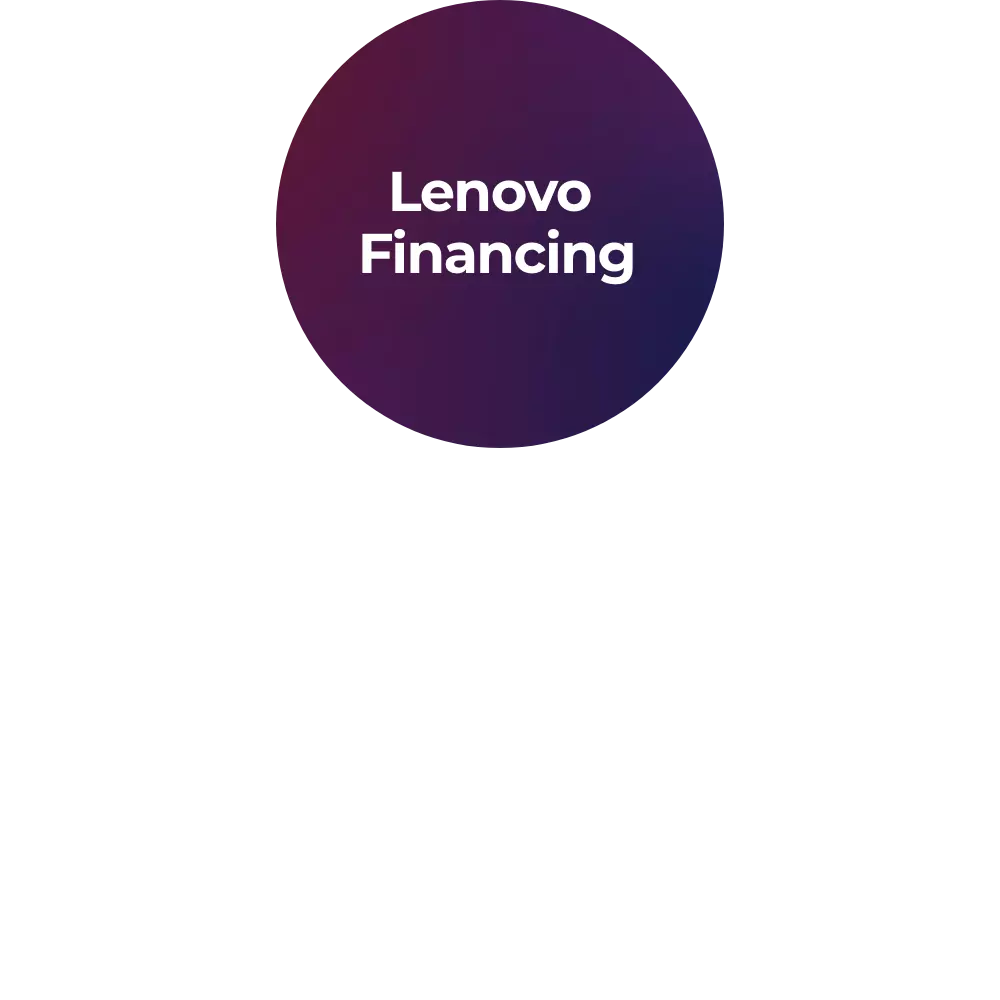What is Forth and why was it considered a 4GL language?
Forth is a stack-based, extensible programming language known for combining high-level programming with low-level hardware control. It supports rapid development through interactive execution and compact syntax, which aligns with the goals of fourth-generation languages (4GLs) focused on developer productivity and efficient system interaction.
How does Forth differ from traditional third-generation programming languages?
Forth uses reverse Polish notation and a stack-based structure, where operations are performed using a last-in, first-out data flow. Its minimal syntax and direct memory access support efficient execution and make it well-suited for environments that require precise control and optimized performance. Developers can also extend the language by defining new words, enabling customized and modular code.
Can Forth be used for embedded system development?
Yes, Forth remains a strong choice for embedded systems due to its minimal resource usage, direct memory access, and efficient control structures. It is often used in microcontroller programming, robotics, and firmware development where compact and fast code is required. Its interactive environment also allows developers to test and deploy code directly on target hardware with minimal overhead.
Why is Forth known for its stack-based execution model?
Forth is built around a stack-based execution model where data is pushed to and popped from a central stack. This eliminates the need for complex variable declarations and enables fast execution of instructions, making Forth ideal for low-level and real-time computing environments.
Is Forth suitable for real-time or low-level programming tasks?
Yes, Forth is particularly well-suited for real-time and low-level programming. Its lightweight runtime, direct hardware access, and deterministic execution make it a practical choice for applications like device drivers, bootloaders, and industrial automation systems.
What types of systems are well-suited for Forth programming?
Forth is well-suited for systems that demand efficiency, speed, and direct hardware control. These include embedded controllers, industrial devices, instrumentation tools, and real-time applications. Its compact syntax and interactive nature make it ideal for environments where fast development and low resource usage are priorities.
What makes Forth efficient for resource-constrained computing environments?
Forth's interpreter and compiler are compact, and the language requires minimal memory and processing power. Its efficient use of stack operations, combined with concise syntax, makes it highly effective for devices with limited storage or computational capacity.
Does Forth support interactive and incremental code development?
Yes, Forth supports an interactive development style where programmers can test code one line at a time. This immediate feedback loop allows incremental development and debugging, which is especially helpful in systems programming and hardware interfacing.
How are words defined and executed in Forth programming?
In Forth, a "word" is the basic unit of code, essentially a named function or command. Programmers can define new words interactively, and once defined, these words become part of the language. This extensibility allows developers to build custom libraries tailored to specific tasks.
Are there modern variants or successors of the original Forth language?
Yes, several modern dialects and derivatives of Forth exist, such as GForth, SwiftForth, and Mecrisp-Stellaris. These implementations often include additional libraries, improved tooling, and support for modern hardware while retaining the core principles of the language.
What programming domains benefit most from using Forth?
Forth excels in domains requiring compact, efficient, and real-time code execution. This includes embedded systems, instrumentation, robotics, low-level firmware, and educational platforms for teaching fundamental computing concepts using a minimalist language model.
What industries benefit most from using the Forth programming language?
Industries that require precise control, minimal resource usage, and reliable performance often benefit from Forth. These include industrial automation, embedded systems, aerospace, robotics, and instrumentation. Its lightweight structure and direct hardware access make it ideal for specialized technical applications where efficiency and control are essential.
Can beginners learn Forth to understand programming fundamentals?
Yes, Forth is excellent for teaching core programming concepts such as stack operations, memory management, and modular code development. Its interactive environment and transparent execution model help learners see the direct impact of each command.
Is Forth compatible with multiple operating systems or platforms?
Yes, Forth has been ported to a wide range of platforms, including Windows, Linux, microcontrollers, and even bare-metal systems. Its simplicity and flexibility make it easy to implement on both modern and legacy hardware. Developers can also tailor Forth environments to suit specific project requirements across diverse computing setups.
Where can developers find tools and compilers for Forth?
Forth tools and compilers like GForth, VFX Forth, and SwiftForth are available online, often as free or open-source software. These tools include integrated environments, documentation, and support for different platforms, making it easy to get started with Forth programming.
How does Forth handle memory and execution control efficiently?
Forth gives programmers direct control over memory allocation and stack operations. This hands-on approach, combined with low overhead, allows for fine-tuned optimization and minimal resource consumption, making it ideal for performance-critical applications. Its simplicity also helps reduce runtime complexity, making execution paths easier to predict and manage.
Why do some programmers prefer Forth for direct hardware control?
Forth provides immediate and direct access to hardware registers, memory addresses, and system-level operations. Its minimal abstraction and interactive testing environment make it ideal for hardware engineers who need precise control over devices and peripherals.
What role does reverse Polish notation play in Forth syntax?
Reverse Polish notation, or postfix notation, places operators after operands, removing the need for parentheses and reducing ambiguity. In Forth, this notation simplifies parsing and aligns naturally with its stack-based execution model for fast and predictable evaluation.
Are there open-source implementations of Forth available?
Yes, several open-source Forth implementations is actively maintained, such as GForth and Mecrisp-Stellaris. These versions are used for education, embedded programming, and hobbyist development, with robust communities and extensive documentation available to support learners and professionals alike.
Does Forth allow programmers to create custom language constructs easily?
Yes, one of Forth's core strengths is extensibility. Programmers can define new words and build their own language constructs directly in Forth, tailoring the language to their specific application or hardware requirements without needing to modify the compiler itself. This flexibility makes Forth highly adaptable for domain-specific programming and rapid prototyping.













